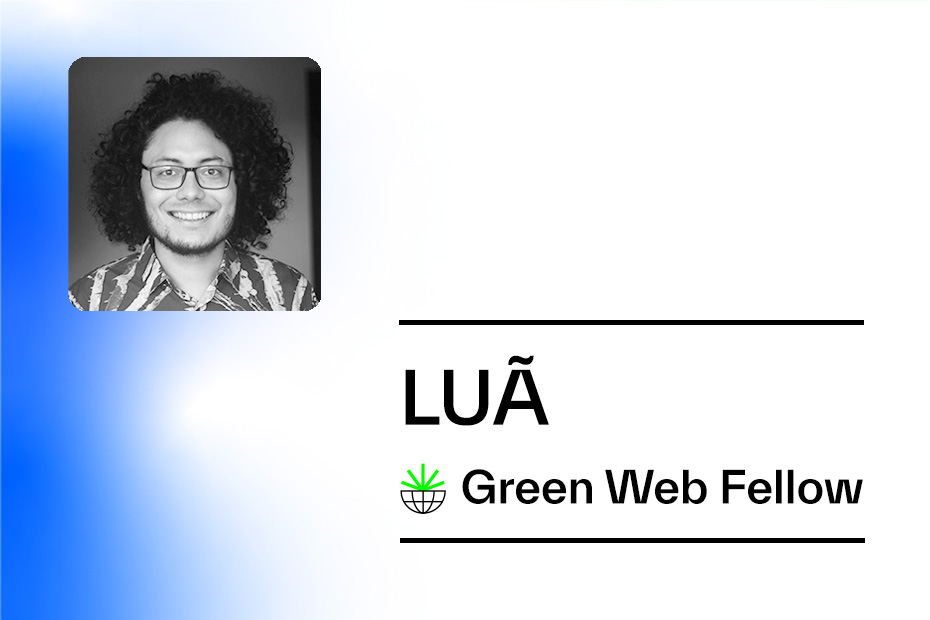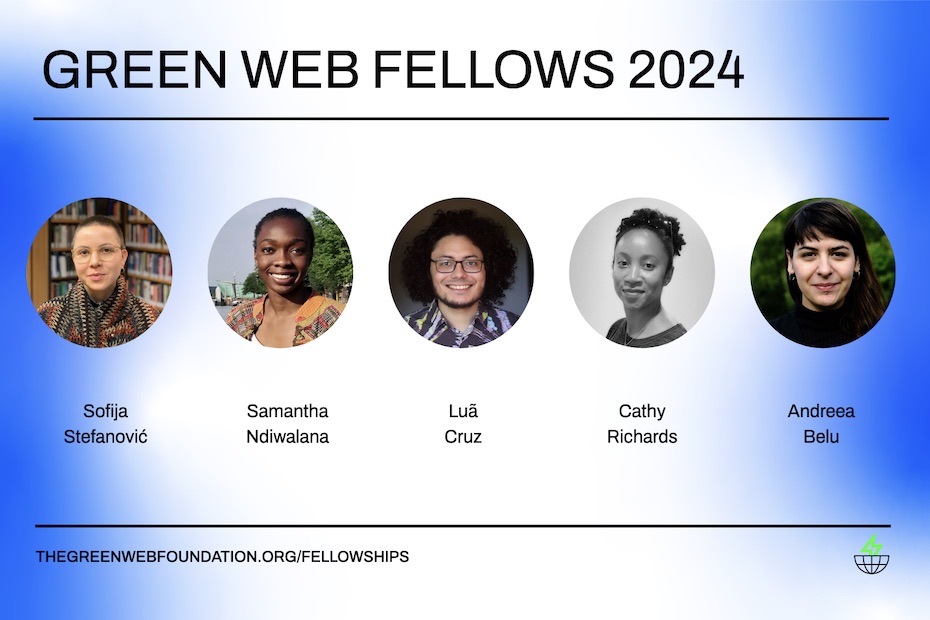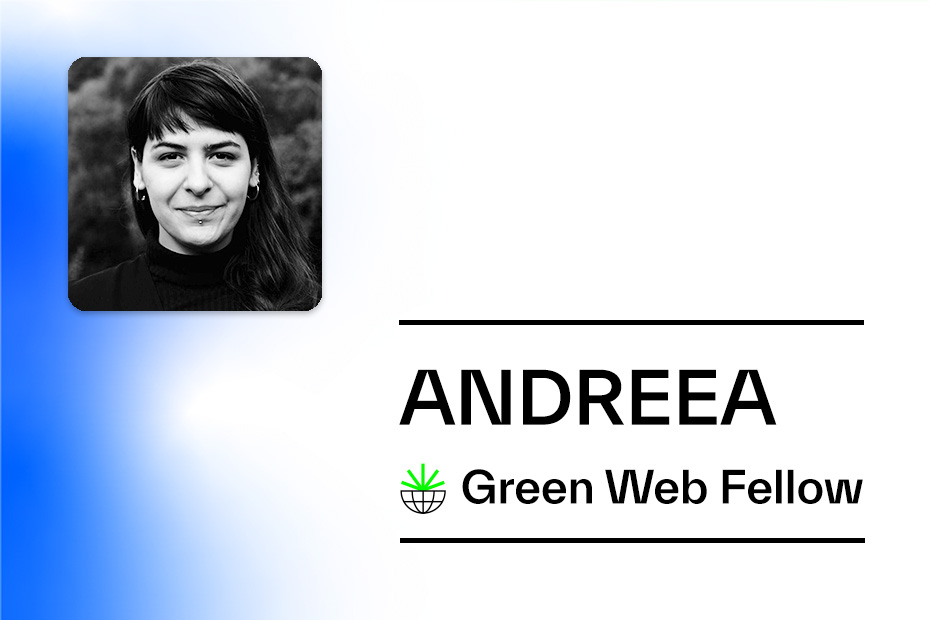In Amazon’s unfolding saga of connectivity, the clash between internet speed and network self-determination emerges as a central theme, echoing the age-old tension between technological changes and autonomy. But in the intricate web of actors connecting communities with Starlink’s antennas in the Amazon, the debate goes beyond having faster internet in exchange for not having control over how to connect, as we witness a mosaic of challenges, from climate mis/disinformation to national digital sovereignty, each with its own set of repercussions on socio-environmental justice.
In this context, state and municipal administrations, and civil organizations—some funded by the private sector—are playing pivotal roles in bridging the digital divide via Starlink and bringing social changes among local populations, enabling online courses, territorial monitoring via WhatsApp groups, and financial transactions through instant payment systems. However, alongside these advancements come reports of financial scams and the proliferation of socioenvironmental misinformation, highlighting the dark underbelly of connectivity.
LIFELINE, LIES, LAND AND LITHIUM
Dzoodzo Baniwa, head of the Coordination of the Baniwa and Koripako People (Nadzoeri), an organisation representing the territory of these indigenous peoples in the Içana River basin in São Gabriel da Cachoeira, recounts in an interview: ‘We have a group on KoanthApp [how they call WhatsApp] where we list the communities with internet access. And then we share information about what’s happening in the territory. There have been instances of non-indigenous people trying to enter our land, but we immediately found out through the group and notified the Army, which operates in the region.’
In another village, Nova Esperança, nestled in the Javari Valley, home to the most isolated communities in the Amazon, the Matsés people also have access to Starlink internet. The Matsés are one of the seven contacted peoples in Javari, the second-largest indigenous reserve in Brazil, where at least 19 indigenous groups still live in voluntary isolation.
The aforementioned community utilisation of the internet for territorial surveillance reflects one of the many double-edged swords in this discussion. With the installation of connectivity points, these indigenous communities also have gained access to emergency medical services, underscoring the life-saving potential of communication technologies. Yet, amidst the triumphs, there lurks a sobering reality – the price of connectivity may entail putting at risk some values and habits of communities.
While empowering communities to safeguard their land and report violations swiftly, it also exposes them to well planned disinformation campaigns aimed at undermining their rights, stigmatising their community leaders, and encroaching on their territories, perpetuating historical injustices and endangering socio-environmental justice.
Some Matsés, concerned about traditions, remain wary. They decided on a total ban on the service at night, with exceptions for teachers, healthcare personnel, and community leaders. They also reserved the right to turn off the signal on days of hunting, fishing, and tribal ceremonies. According to a village elder, if there’s one thing indigenous people have understood about Western society, it’s that “with the whites, nothing comes for free”.
THE MUSK FACTOR
With the growing debate around Elon Musk’s statements and actions on Brazilian national policy, concerns about national digital sovereignty also extend to connectivity infrastructures, especially in regions as strategic as the Amazon. Relying solely on Starlink to guarantee connectivity in these areas could create a significant vulnerability for the people living in the region. This reliance leaves them susceptible to the whims of a single individual, who could potentially wield immense power over their access to communication and information. Elon Musk, as the owner of Starlink, could, in theory, turn off the satellites, leaving them disconnected overnight. Additionally, he could exploit the situation by using the satellites as a bargaining chip against the Brazilian state, leveraging the reliance on his technology for political or economic gain. Such a scenario not only poses a threat to the public interest but also highlights the risks of consolidating control over essential infrastructure in the hands of a single private entity.
An article in The Intercept Brasil also briefly explains the actions regarding the commercial strategy behind Elon Musk’s rampage over the Supreme Court. For instance, in 2022, when Musk came to Brazil – officially to launch Starlink – two researchers raised doubts about the real interests of the visit, showing that the visit took place at an extremely strategic moment in Brazilian lithium production. For them, Musk’s genuine interest in Brazil pertains primarily to economic factors. This interest stems from the potential for sales of his electric vehicles within the Brazilian market, which is currently witnessing the emergence of competition from China’s BYD.
Furthermore, Musk’s response involves leveraging his companies as platforms to disturb the national market and politics dynamics, and that is really concerning. This worry is deeply rooted in the growing influence of extreme right-wing ideologies facilitated by the operational logic of social network platforms. Musk’s case mirrors this trend, as the owner of X has faced accusations for years of supporting conservative ideals and collaborating with autocratic or authoritarian regimes. This situation is particularly alarming as we approach 2024, with numerous elections worldwide, including in the Amazon, already grappling with the effects of unregulated platformization of public debate.
The lack of technology appropriation policies and the quasi-monopolistic control exerted by Starlink exacerbates vulnerabilities further, leaving communities susceptible to manipulation and exploitation.
But Musk’s actions are not something new. For centuries, the Amazonian territories have been a space for land and imaginary disputes, exemplified by religious missionaries seeking to evangelise indigenous peoples, particularly those in isolated communities – a violation of the Federal Constitution and international treaties signed by Brazil. Even in projects involving the participation of indigenous, quilombolas, and extractive communities, it is concerning to see them being financed by banks, cattle ranchers, mining companies, and entrepreneurs.
In this sense, it is important to mention that a survey conducted by the organisation MapBiomas, utilising satellite images and artificial intelligence, reveals that between 1985 and 2020, the most preserved areas in Brazil were indigenous lands—both those already demarcated and those still awaiting demarcation. In these territories, deforestation and forest loss amounted to just 1.6% over the 35-year period. Having this in mind, one lingering doubt I have is the true intention behind the forest’s enemies wanting to connect it, particularly with a type of connection that, while fast and appreciated, carries characteristics vastly different from those promoted by the people who inhabit it, such as collaboration, openness, appropriation, and autonomy.
Disinformation campaigns against indigenous leaders during election years, the erosion of traditional practices, and the exploitation of mineral reserves underscore the multifaceted impacts of technological intervention in the Amazon.
REGAINING THE CONNECTIVITY POLICY VACUUM
In this landscape of promise and peril, Amazonian communities struggle with the ramifications of connectivity, oscillating between the allure of progress and the preservation of autonomy. The tales of Dzoodzo’s vigilant surveillance via the KoanthApp group, the Matsés elders’ cautious deliberations over internet usage norms, and their scepticism towards Musk’s intentions in the Amazon serve as poignant reminders of the delicate balance between connectivity, national sovereignty and local communities autonomy.
As the Amazon grapples with the paradoxes of so-called “progress”, the quest for connectivity must be tempered by a steadfast commitment to safeguarding communities’ rights and preserving cultural heritage. Only through a nuanced understanding of the complexities at play can we navigate the turbulent waters of technological advancement without compromising the autonomy of the people living in the region.
In light of the ramifications addressed, it becomes evident that demonising the arrival of Starlink and calling for its non-adoption no longer makes sense at this juncture, especially after years of government neglect. Communities recognise the positive value of this technology, and even those not yet connected eagerly await the arrival of high-speed satellite internet. However, concerns raised by local communities also need to be addressed. If not by those who brought the Starlink antennas, then by other governmental entities that have the power to quickly foster other connectivity alternatives, such as fibre optics, state-owned satellite constellation, or even community networks, and monitor the unchecked arrival of this unprecedented connectivity in communities facing the challenges posed by internet-related harms.
The pursuit of balanced and inclusive solutions is essential to ensure that technological development brings the benefits and reduces the harms, respecting the rights and needs of local communities and promoting socio-environmental justice in the Amazon.
As part of this fellowship, I am also contacting members of the government to take this aspect of digital policies into consideration. In the coming months, I will be moderating a panel on connectivity in the Amazon at an event organised by the Brazilian Internet Steering Committee and I plan to meet with state officials from bodies such as the General Coordination for Freedom of Expression and Combating Disinformation, the Secretariat of Telecommunications and the Ministry of Indigenous Peoples. I hope that all these thoughts will reach the ears of these state actors and be the start of something more concrete.


